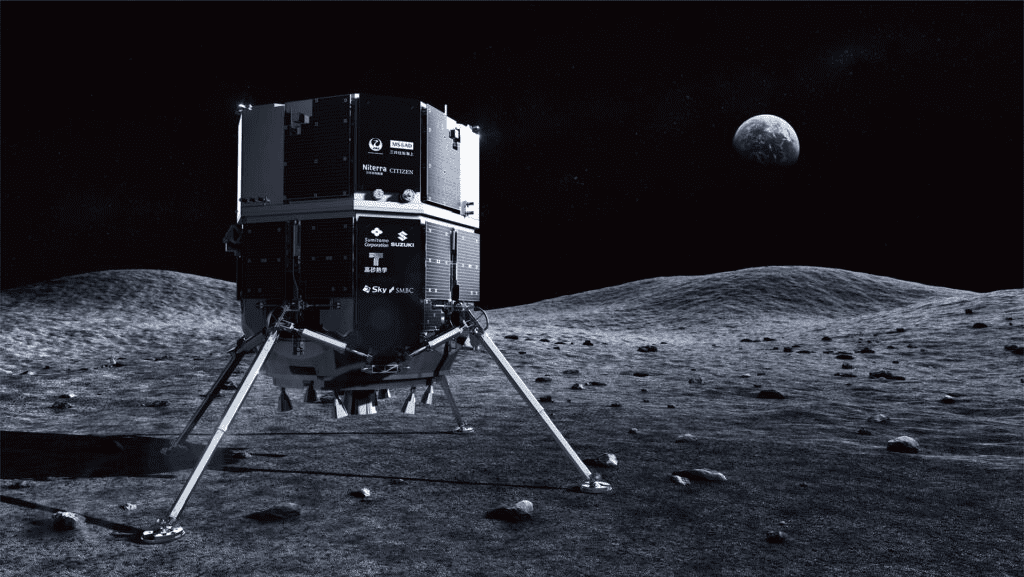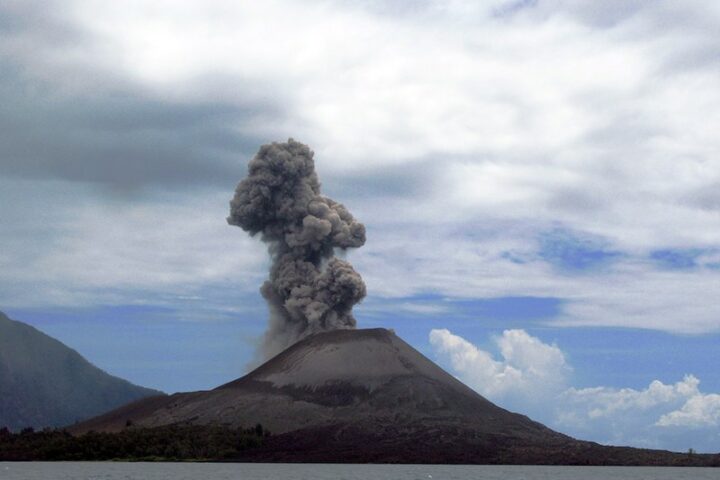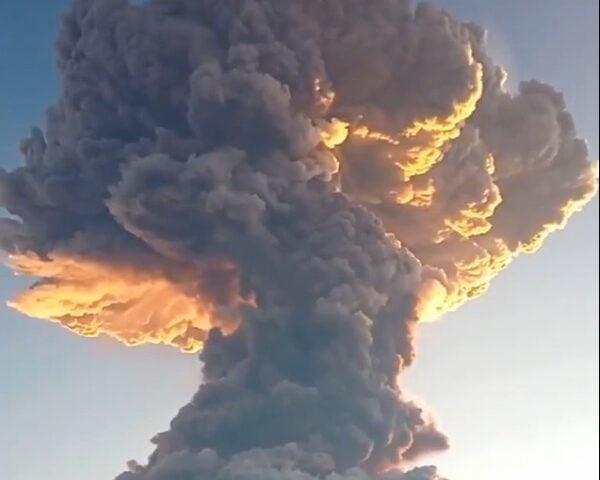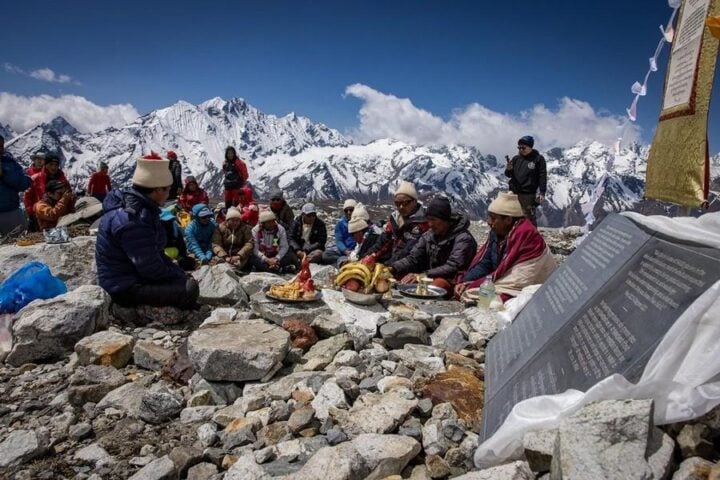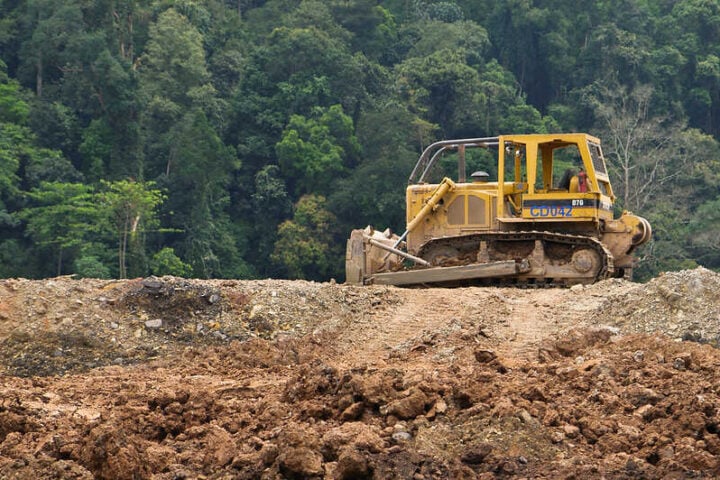The Hakuto-R Lander of Japan aimed to become the first private spacecraft and the first Japanese-built vehicle ever to land softly on the moon. As Ispace lost touch with Hakuto-R just as it was scheduled to land softly onto the moon’s surface on April 25, the attempt failed. Takashi Hakamada, Ispace’s founder and CEO, said during a webcast of the attempt that the company could not complete the landing on the lunar surface.
Government-built probes from the US, the Soviet Union, Russia, and China will remain the only robotic explorers to have touched down successfully on Earth’s nearest neighbor, if the try did indeed fail. In case the lander wasn’t able to land, Ispace had alternate landing dates planned. Firing its main propulsion system to decelerate from orbit during the landing sequence, the lander was to perform a braking burn.
An estimated one hour was expected to be taken by the entire process. The landing try of today capped more than a decade of work by Ispace, which operated Team Hakuto in the Google Lunar X Prize from 2013 to 2018. $20 million was offered by the competition to the first private outfit to land a robotic probe on the moon, but the prize expired without a winner.
Similar Posts
In December 2022, Hakuto got to the launch pad, sending the lander aloft atop a SpaceX Falcon 9 rocket on a test mission called M1. The site of the landing was the floor of the 54-mile-wide Atlas Crater, which lies in the Mare Frigoris region of the moon’s near side. It seemed to get itself into position well, but Hakuto-R couldn’t stick the landing.
According to Hakamada, Hakuto continued beaming data home during the landing attempt, describing that as one of many milestones notched on M1. Several stunning images from orbit were sent by the spacecraft, including a stunning Earthrise during last week’s hybrid solar eclipse.
A mini-Rashid rover for the UAE (United Arab Republic) space agency, an AI system from Canadian company Mission Control, and a multi-camera imaging system by Canadian company Canadensys Aerospace were being carried by the mission.
Primarily designed to prove out the company’s moon-landing hardware and know-how, the M1 mission’s Hakuto-R nonetheless carried a variety of viable payloads on the mission. Aboard the lander, an experimental solid-state battery built by Japanese company Niterra was supposed to get a test in extreme conditions. The lander Hakuto-R was set to deploy two robots onto the lunar surface: Sora-Q, a transformable robot developed by the Japanese Aerospace Exploration Agency and the company Tony, and Rashid, a 22-pound rover that would have been operated by the U.A.E.’s space agency.
The aim of Rashid was to make a variety of observations over the course of one lunar day, carrying a variety of cameras as well as an instrument designed to help characterize the moon’s electrically charged surface environment. The work of Rashid was to have been augmented by a machine-learning program developed by the Canadian company Mission Control Space Services.
This part of the M1 mission was historic, as no “deep learning” AI system had ever traveled beyond Earth orbit before. An apparent failure today will be just a bump in the road for Ispace, as the company aims to launch its second and third moon-landing missions in the future. In order to determine what happened during the failed landing, Ispace will continue trying to contact the lander.
Similar Posts
Latest
- RBA’s Historic 6-3 Split Vote Keeps Rates at 3.85%, Delaying $114 Weekly Mortgage Relief
- Federal Judge Sets 2027 Deadline for Mount Graham Red Squirrel Protection After Population Rebounds to 233
- Ritz Recalls Four Peanut Butter Cracker Products Due to Dangerous Mislabeling Error
- Kia EV5 Global Launch: 329-Mile Range and 566-Liter Cargo Space Challenge Tesla at Sub-£40,000
- Fact Check: False $25M Donation Claim Targets Rep. Crockett
Photo Source – Ispace
